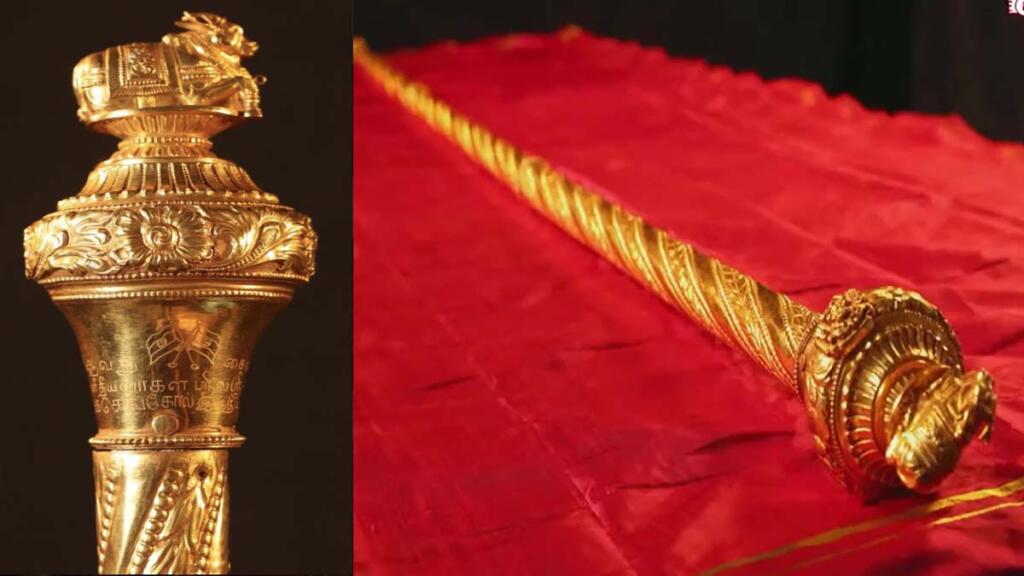Sengol Tamil Nadu connection: ‘Sengol’, a historical sceptre from Tamil Nadu, which was given by the British to first Prime Minister Jawaharlal Nehru to represent the transfer of power and was kept in a museum in Allahabad will be installed in the new Parliament building to be inaugurated by Prime Minister Narendra Modi on May 28, Union Home Minister Amit Shah said Wednesday.
At a press conference, Amit Shah stated that “Sengol” represents the transfer of power from the British to India, just as Sengol originally represented the handing over of power during the Chola dynasty in Tamil Nadu from one king to another.
At the press conference, he was joined by Information and Broadcasting Minister Anurag Singh Thakur and Culture Minister G Kishan Reddy. He said: “The ruler would be vested with the ‘Sengol’ with the order (‘aanai’ in Tamil) to rule with ‘dharma,’ meaning justly and fairly.
According to Shah, the installation’s purpose was obvious back then and is still obvious today. The handshake or signing of a document does not constitute the transfer of power, according to him, and it must continue to be in line with regional customs while taking current needs into account.
Also Read: Describe The Process of Unification of Italy: The Journey to Unity
Sengol and Tamil Nadu connection
The original Tamil Nadu “Sengol” that Nehru was given will be installed in the new Parliament building.
On August 14, 1947, Rajendra Prasad, who would later become India’s first President, along with many other people, witnessed Nehru, the country’s then-prime minister, accept the “Sengol” proposal.
The word “Sengol” is a translation of the Tamil word “Semmai,” which means “righteousness.”
The ancient sceptre was made of silver with a gold coating and a sacred Nandi with an unwavering gaze on top. The Nandi atop the “Sengol” is a representation of “nyaya.”
Jawaharlal Nehru felt the same way on August 14, 1947, and Sengol “represents that feeling,” according to Shah.
The Sengol will be situated in the new Parliament building close to the Speaker’s chair.
At the inauguration, 60,000 workers (shram yogis), according to him, will also be honoured.
On May 28, 2023, the new Indian Parliament building will be dedicated to the country.
Also Read: Opposition’s new Mission: Make Modi PM Again!
Sengol will be placed close to the speaker’s chair.
When Lord Mountbatten questioned Pandit Nehru about the process of transferring power, C. Rajagopalachari reportedly explained the Sengol tradition. The Sangol process was decided in this manner. The holy Sengol was then brought from Tamil Nadu after that. According to Union Home Minister Amit Shah, PM Modi will only accept Sengol from Adhyanam in Tamil Nadu and install it close to the speaker’s seat once the Parliament House has been dedicated to the nation.
Also Read: Exploring 10 Traditional Dance Forms of Arunachal Pradesh
